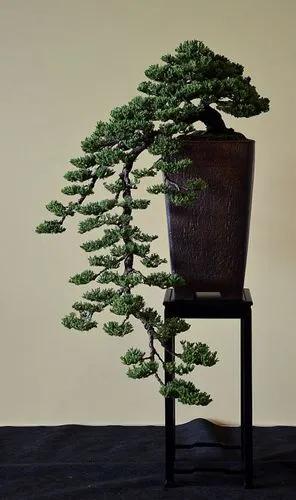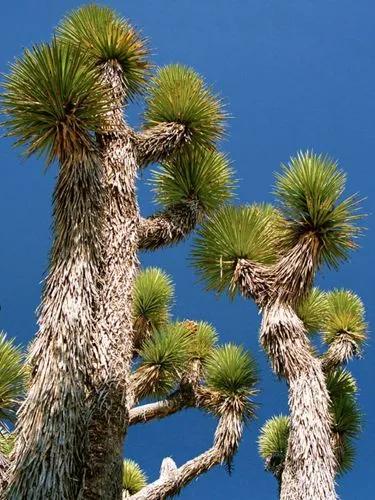Spice up with the fiery flair of the Habanero! These pungent peppers delight the taste buds and are a fascinating addition to every type of garden.
Habanero Type Pepper Care
Capsicum chinense
Other names: Habanero Pepper, Habanero, Capsicum Chinense Habanero Group



Known in botany as Capsicum chinense, Habanero is a species of pepper native to the Central and South Americas. It comes from the Solanaceae family, which includes tomatoes, potatoes, and other peppers, such as Bell Peppers, Chilli (Capsicum annuum), or Tabasco (Capsicum frutescens).
The plant itself typically grows to about 2 to 4 feet (0.6 to 1.2 meters) and has dark green, glossy leaves. The fruits are small to medium-sized and usually grow to be 1-2 inches (2.5 to 5 cm) in diameter. Also, they have thin, wrinkled skin, which can be green, red, orange, yellow, and even brown, depending on the ripeness and specific variety. They grow well in USDA zones 9-11 but thrive indoors too. Even though they're typically annuals, in the right conditions, they can be cultivated as perennials.
How to Care for the Plant

Water

Water your plant thoroughly when the soil's top inch (2.5 cm) feels dry. During the hotter summer months, you may need to water more frequently, whereas in winter, you can reduce the frequency. These peppers need consistent moisture but dislike being overly soaked.

Pruning

Pruning is not strictly necessary but can help improve air circulation and fruit production. If your plant becomes bushy, selectively trim the branches to encourage new growth.

Fertilizer

The best feeding for an indoor pepper is a balanced, water-soluble fertilizer that comes every 2-4 weeks during the spring and summer. An NPK (Nitrogen-Phosphorus-Potassium) fertilizer with equal or near-equal ratios, like 10-10-10, can work well. Avoid over-fertilizing, as it can result in too many leaves at the expense of fruits.

Sunlight

Habanero Peppers require at least 6-8 hours of direct sunlight per day. Consider using artificial grow lights, especially if you live in areas with not too much sunlight. Rotate the plant occasionally to ensure even growth.

Soil

A well-draining potting mix with a pH range between 6.0 and 6.5 is ideal. To enhance drainage and nutrient retention, you can amend the potting mix with organic compost or perlite.

Propagation

The easiest way to propagate indoors is by using seeds. Collect seeds from ripe peppers, dry them, and plant them in seed trays. Seedlings will appear if you keep the soil consistently moist.

Temperature

These plants thrive in temperatures between 70-90°F (21-32°C) during the day and above 50°F (10°C) at night. Keep them away from drafts and sudden temperature fluctuations.

Container

Indoors, start with a pot at least 12 inches (30 centimeters) in diameter and has good drainage. This size allows the plant's roots to spread comfortably while preventing waterlogged soil, which they dislike.

Fun fact

The heat of Habanero Peppers is measured on the Scoville Heat Scale, and some of the hottest varieties can reach up to 1,000,000 SHU. Due to their intense heat, they should be cautiously handled because the oils within the peppers can cause skin and eye irritation, so wearing gloves when handling is very recommended.

Popularity

1,450 people already have this plant 192 people have added this plant to their wishlists
Discover more plants with the list below
Popular articles






